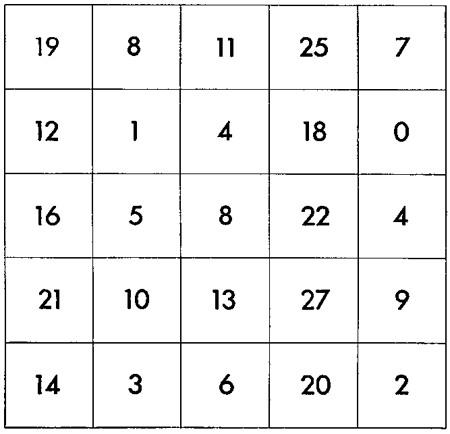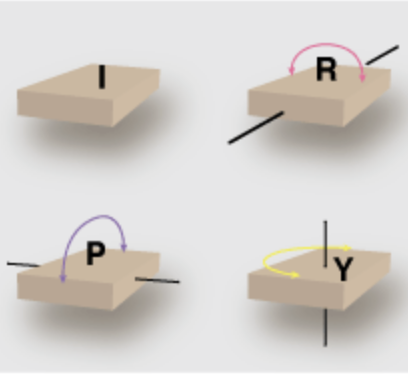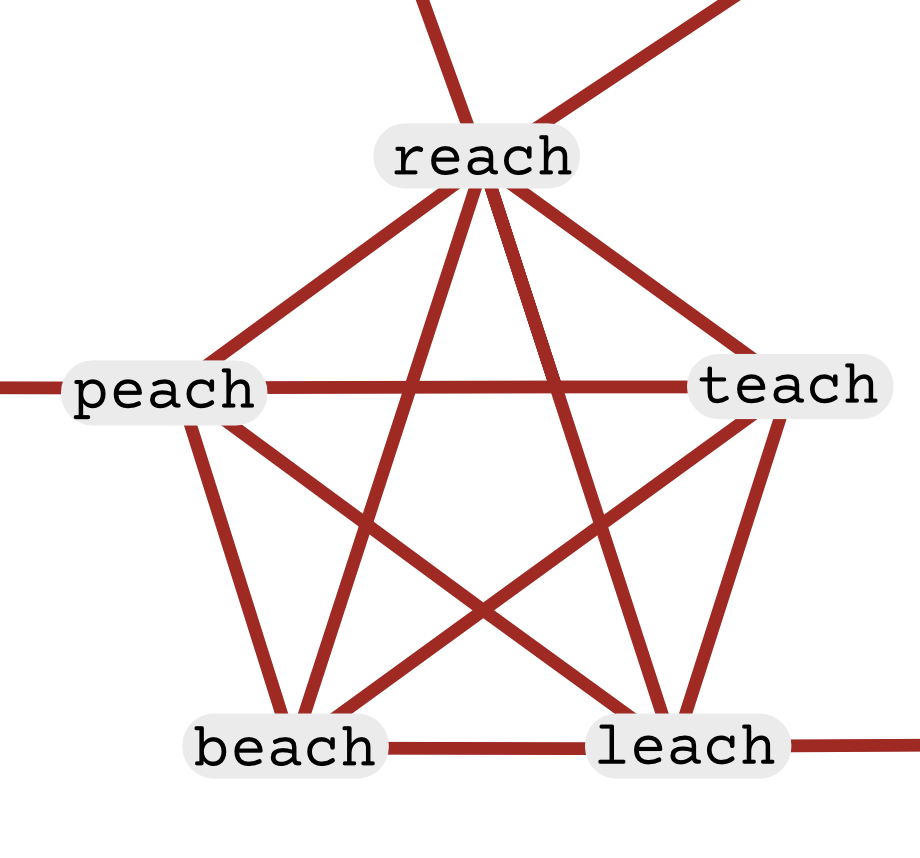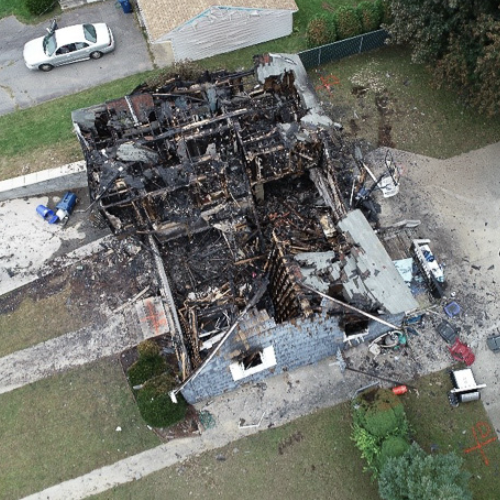El Farol Highway
by Brian Hayes
Published 27 November 2009

I got caught Wednesday night in the national pre-Thanksgiving traffic jam. As I was approaching Baltimore, an electronic signboard announced:
Suggest I-695
Of course I immediately thought: But everyone will read the sign and take I-695, so that road will be jammed too. Then I thought: But everyone who reads the sign will realize that everyone else will also read the sign, and so they’ll not choose 695. Then I thought….
Hmm. There’s something familiar about this problem.
I’m not telling which road I took, but I can report that it was the only congestion-free segment of my trip.
Responses from readers:
Please note: The bit-player website is no longer equipped to accept and publish comments from readers, but the author is still eager to hear from you. Send comments, criticism, compliments, or corrections to brian@bit-player.org.
Publication history
First publication: 27 November 2009
Converted to Eleventy framework: 22 April 2025




For some years now, the ITS Lab at MIT has been doing research with a simulation system called DynaMIT that’s dedicated to modeling this very problem.
http://mit.edu/its/dynamit.html
I’m going to guess you took the recommended route and it turned out to be congestion-free.
My own (limited) observations in the Twin Cities (Minneapolis/St. Paul) are that the estimates for “time to the river” or “time to I-94,” which you encounter periodically on the major highways heading into town are generally pretty accurate. This even seems to take into account the fact that no one drives at the posted speed limit.
One also wonders if the sign might not simply cycle through “Delays on A & B; suggest C,” “Delays on B & C; suggest A,” and “Delays on C & A; suggest B,” with enough time between changes so that no driver sees more than one message…..
I hope you had a happy Thanksgiving!
Wednesday night I took I-95 North, from DC, through Baltimore, up to New Jersey. Between the dense traffic and the thick fog, it was a nightmare. Sunday night, going back, I took U.S. Route 40 and then 295 (the Baltimore/Washington Parkway), avoiding I-95 altogether. There was no traffic! At the same time, according to Google Maps, I-95 had major backups.
I always considered Rt. 40 to be the implicit suggestion of the “Take Alternate Route” sign when I-95 had “congestion ahead”, but I, too, wondered whether it would be just as bad. Maybe not.
My guess is also that you took the suggested route. My thinking here is that in general humans are rather inclined to stay with a once chosen path than to deviate from it.
The situation is similar to creating virtual dynamic Brass’ Paradox of the Nash equilibrium in selfish network.